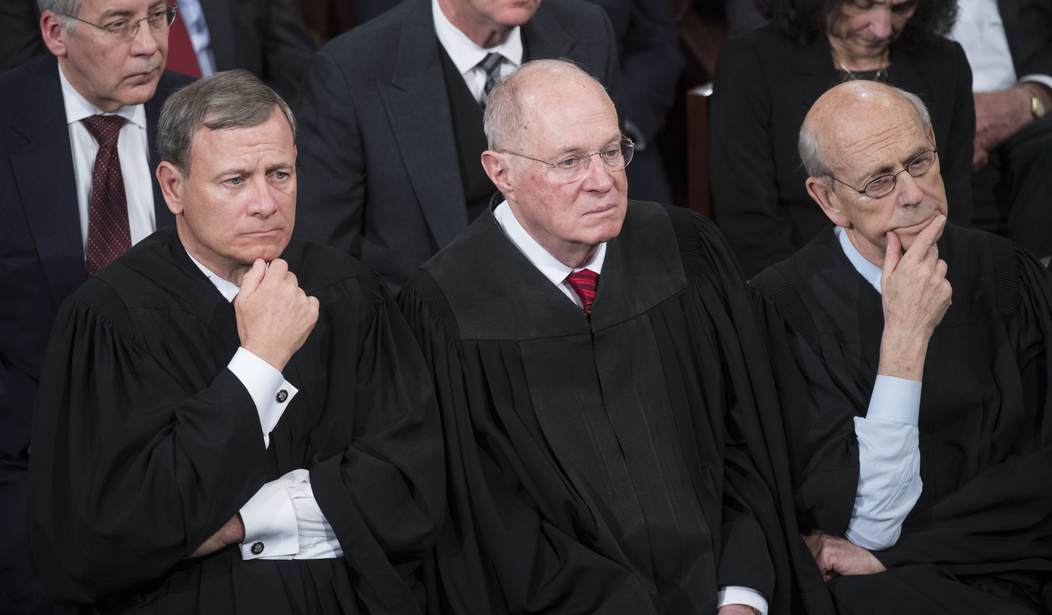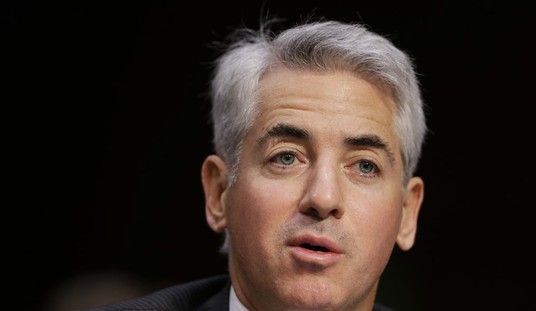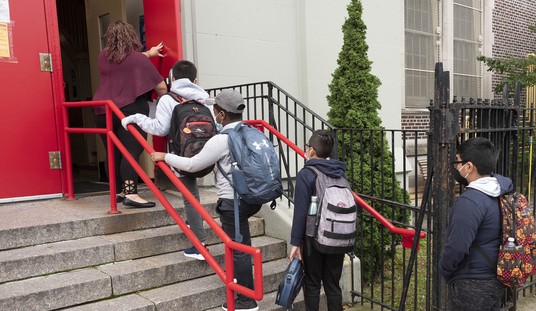WASHINGTON – Supreme Court Justice Stephen Breyer said he opposes adding video cameras in the courtroom because news reporters might take his words out of context and he does not want to watch what he says.
“Why not cameras in the courtroom? Well, it’s a risk. There’s no going back. Some of my friends in the press say to me, ‘don’t do it.’ Why not? Wait until the first time that you see somebody saying what went on and saying it totally wrong, having a picture of you perhaps looking like Toro LaMotta, taking your words out of context and making a big joke of it,” Breyer said at the American Constitution Society’s national convention in Washington on Thursday.
“Now, so what, you ought to be used to that, but you will watch what you say. I don’t want to watch what I say. I say in oral arguments particularly ridiculous things time to time,” he added. “OK, that’s my problem and you want the judges and the lawyers, you want, if you can, to get them into a conversation. And so we don’t know what will happen, exactly.”
The moderator, D.C. District Court Judge Ketanji Brown Jackson, pointed out that people are able to listen to the audio recording of oral arguments at the end of the week, which Breyer supports.
“Fine, listen, listen is great,” Breyer said.
Over the years, C-SPAN has pressed for camera access in the Supreme Court but the organization’s requests have been denied.
In the past, former C-SPAN CEO Brian Lamb testified before Congress on the issue of cameras in the Supreme Court. In 2005, Lamb told the Senate Judiciary Committee that it is hard for the public to grasp what the justices think about television because they rarely meet the public.
“But I often thought it was odd because they will allow a member of the print press to come in and sit in the press area, a television reporter to sit in the press area, walk outside, stand in front of a camera and interpret everything that went on in the courtroom. But giving us a chance to see how it really happens seems to be something that they can’t agree to. We are interested in finding a place to carry every argument. There are only 80,” Lamb said in 2005. “You have our commitment that we will carry all of these oral arguments if we are allowed to.”
Congress has not passed a law to allow cameras inside.
The moderator of the discussion pointed out that the Supreme Court decides fewer cases each year than it did 30 years ago.
“We’re not in a mood of not trying to take cases,” Breyer said.
“You are hearing about 70 or 75 cases a year. It used to be 150. You went on a diet,” Jackson replied.
Breyer pointed out that Congress passed a lot of legislation in the 1960s and 1970s compared to the present day.
“So for every new word you have, you have an argument – and that produces lots of cases,” he said.









Join the conversation as a VIP Member